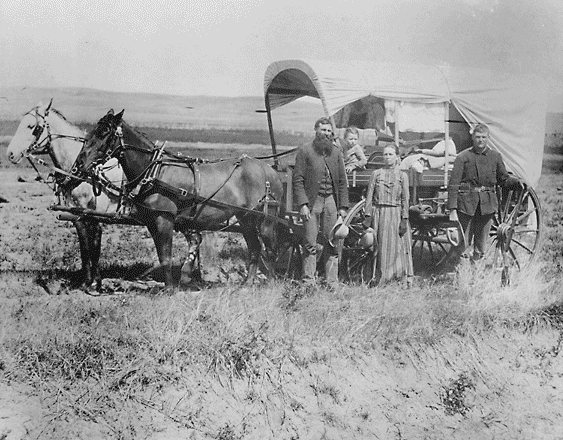I didn’t know that Donna and the “Chin Chin” company were in Minneapolis on February 1st until I read the newspapers announcing “Chin Chin” was coming to the Grand Theatre. That bit of information will provide keys to finding further newspaper articles.
 |
| “Chin Chin” ad Feb 1, 1920 Eau Claire Leader via Newspapers.com |
There was another of those unusual ads on February 4th that featured Roy Binder, and not Walter Wills. Finally, on February 5th a regular ad shows in “Eau Claire Reader.” Those ads continued on the 6th and 7th. Also on the 7th ran a nice little article which stated:
“CHIN CHIN” HERE 12TH.
“Chin Chin” has a name of magic – Music that is sorcery – bears and little furry things that open their mouths amazingly, and wave their ears when you aren’t expecting it; coolies, little nifty Chinese maids, mandarins, tiny children, clowns and bareback riders (with the really, truly, big white circus horse ambling gently and flatly around the ring), toys that wigwag their little arms, a great stir of fun, a dainty little maid, a Japanese doll woman, and Aladdin – the figure looms high in all child’s minds, be they three or thirty – and Chin Hop Lo, with his partner in mischief, Chin Hop Hi, the slaves of the lamp. All this and so much more that no one could ever tell you about.
The Eau Claire Leader has another article which ran on the 8th. This advertising article includes a photo of two of the cast members either dancing or in some kind of embrace. I can’t tell from the blotchy scan if it is Donna in the photo or not. I think it is, but I can’t tell for sure. There were only four women in the show that were ever highlighted so the photo certainly has a one in four chance of being Donna. The same photo ran again on the 12th, this time the image available is somewhat better. As I look at the photo more and more I think it is probably Irene McKay and not Donna. Hopefully, we will find a clearer version of this photo somewhere.
Finally, in the February 11th paper we learn why the focus on Roy Binder. That article headlines with:
MAIN INTEREST LOCALLY IN “CHIN CHIN” IS BINDER
Eau Claire Boy and Walter Wills Constitute Principal Feature of Musical Comedy.
It looks like the show was a hit. A post show review says, “Donna Montran, stately goddess of the lamp, carried off honors for her singing, particularly of ‘Violet.’”
In another post show article where is mention that the Kiwanis were expecting the Tom Brown Saxophone Sextette to play at their meeting but the band couldn’t because much of the “Chin Chin” company had to go to Chippewa Falls to find hotel lodging. The show played at Janesville the next night, so having some of the company needing to stay in Chippewa Falls must have been due to inadequate facilities in Eau Claire.
The Grand Opera House
 |
|
Grand Opera House, Eau Claire, WI
Photo Courtesy: Eau Claire
|
The Grand Opera House was once the cultural center of Eau Claire. In the early 1870’s, a woefully inadequate, even by 1870 standards, Music Hall was built. In the early 1880’s the editor of the “Free Press” newspaper ran a series of articles and editorials promoting the building of an Opera House. In 1883, the Grand Opera House was built on Barstow, between Main and River (today Graham) Streets.
In 1897 the Grand Opera House hosted its first motion picture, casting its “magic shadows upon a sheet.”
The Julius Cahn Report for 1913-1914 states that the Grand Opera House had a 32 x 32 foot stage and a capacity of just over 1200, 508 on the floor, 382 in the balcony, 300 in the gallery and 12 boxes.
After World War I, the theatre began a slow decline. “Chin Chin” played in 1920 early in the theatre’s decline. In 1923, the theatre “closed for the summer;” by 1930 it was closed for good. The building was demolished in 1938.
A number of sources indicate that the old Opera House was haunted and the hauntings have continued on in the replacement building. According to Haunted Places, the “old Opera House site is home to a spirit who moves chairs and closes doors.“
According to Haunted Chippewa Valley[i], says the building that replaced it still says Opera House on the outside and in the front there is a plaque with a picture and information about the former site and theatre.
Further Research
Visit the site of the Grand Opera House and get a photo of the plaque and information about the theatre.
Find information regarding “Chin Chin” playing in Minneapolis.
Endnotes
Valley.











 The Billings Gazette of May 18th shows a photo of “Donna and the Boys” on Page 16.
The Billings Gazette of May 18th shows a photo of “Donna and the Boys” on Page 16. 




